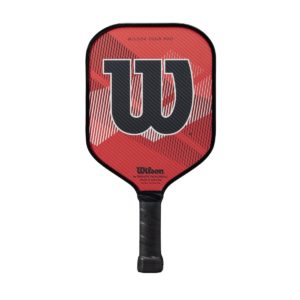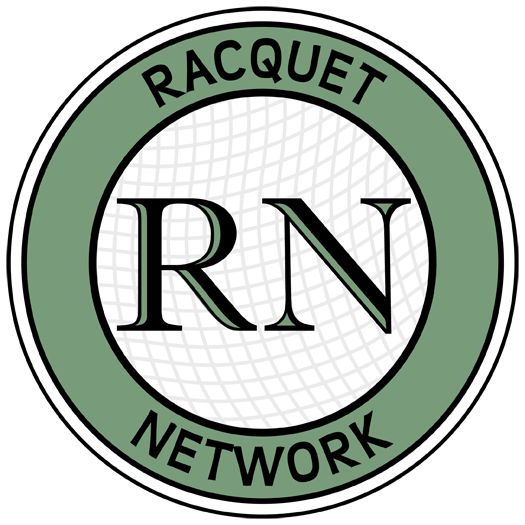
The first generation of paddles — now known as 1G pickleball paddles — were carved out of wood in garages in the US Northwest. Paddle manufacturers were few and far between into the early 1980s, so many players who wanted them had to make their own.
The 1970s and 1980s saw the birth of a new generation of pickleball paddles (2G) made up of layers glued together and finished with a plastic edge guard that runs around the entire perimeter of the paddle. By the mid-1990s this format dominated the industry and virtually all pickleball paddles were made this way.
The early 2000s saw the development of 3G paddles which were similar to their 2G forerunners but which lacked the characteristic edge guards that distinguish 2G paddles from other generations. The problem with the earliest 3G paddles was a lack of durability. They were lighter and faster than their clunky 2G ancestors, but their exposed edges made them more susceptible to damage.
A further problem with early 3G paddle designs was that their light-weight and brittle foam cores deteriorated rather quickly. In some cases, brand new pickleball paddles sounded like mariachis just a few weeks out of the package. Fortunately for 3G fans, Wilson Sporting Goods solved those issues with the development of a nomex honeycomb core that stands up much longer than the foam cores in early 3G paddles.
Problems with some 3G paddles in the 2009-2013 period drove many 3G converts back, resulting in a resurgence in popularity for 2G paddles. For 2G paddle manufacturers like Pickle-Ball Inc. this offered a second chance to prepare for the massive changes that were about to take hold of the pickleball manufacturing industry.
